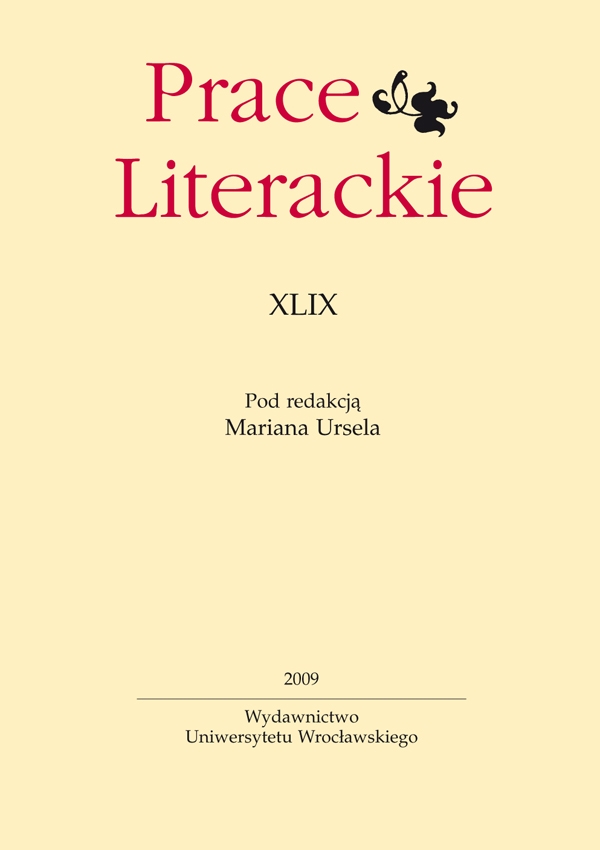

Artykuły

Renéism in poetic works of Juliusz Słowacki. Reconnaissance
Renéism, as one of the manifestation of the sentimental way of viewing and experiencing the world, was, apart from Byronism, a type of aesthetics that had the biggest influence on Juliusz Słowacki. The influence of François René de Chateaubriand’s René can be seen in many works by the Polish poet, beginning with his youthful pieces such as Mnich [The Monk] and Lambro, still dominated by Byronism, and ending with casual reminiscences that could be found in his mystical Genezis z Ducha [Genesis from the Spirit]. Suffering and sadness e.g. in Anhelli or Godzina myśli [Hour of Thought], melancholy and an awareness of the transitoriness of life and cultures e.g. the poem Rome, the pain of an exile, comfort found in prayer and in the belief that there is a better world after death, a world in which people can live if they maintain their faith and cleanse their souls of sins Anhelli, the experience of the beauty of nature e.g. W Szwajcarii [In Switzerland] – these are all manifestations of Renéism and examples of Słowacki’s work. Reminiscences with Amelia, René’s sister, or with Atala, Chactas’ beloved, the figures of old men, sadness and loneliness – all demonstrate a variety of references to the aesthetics created by Chateaubriand.